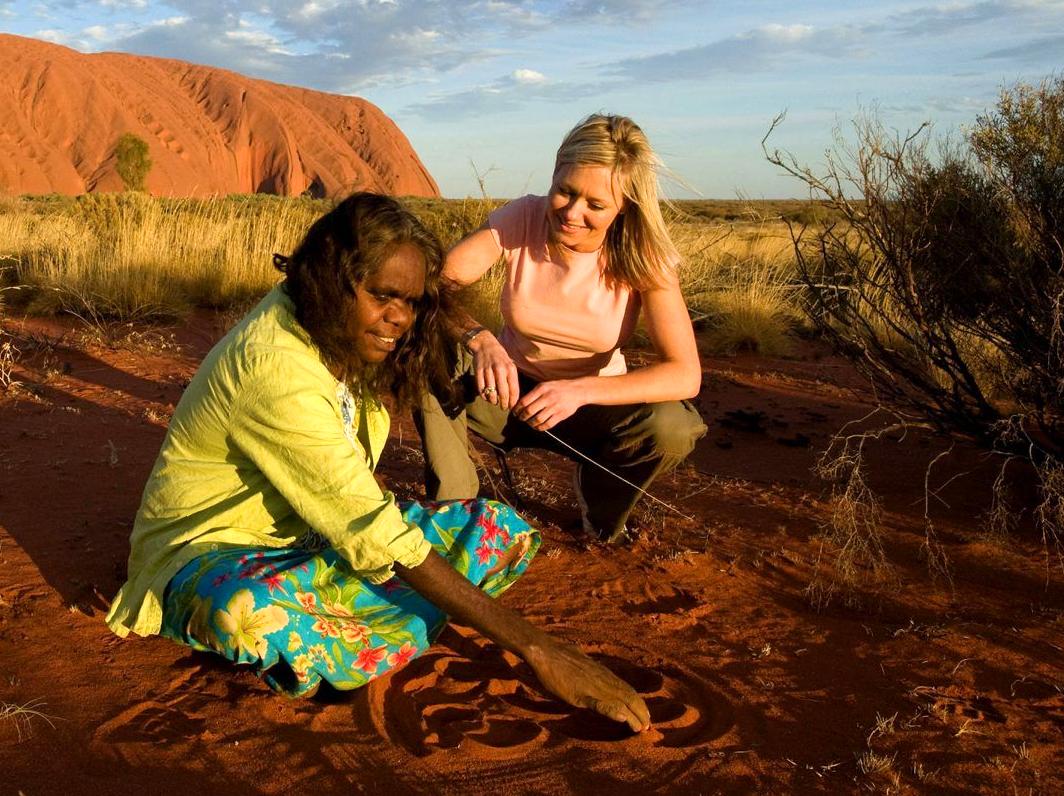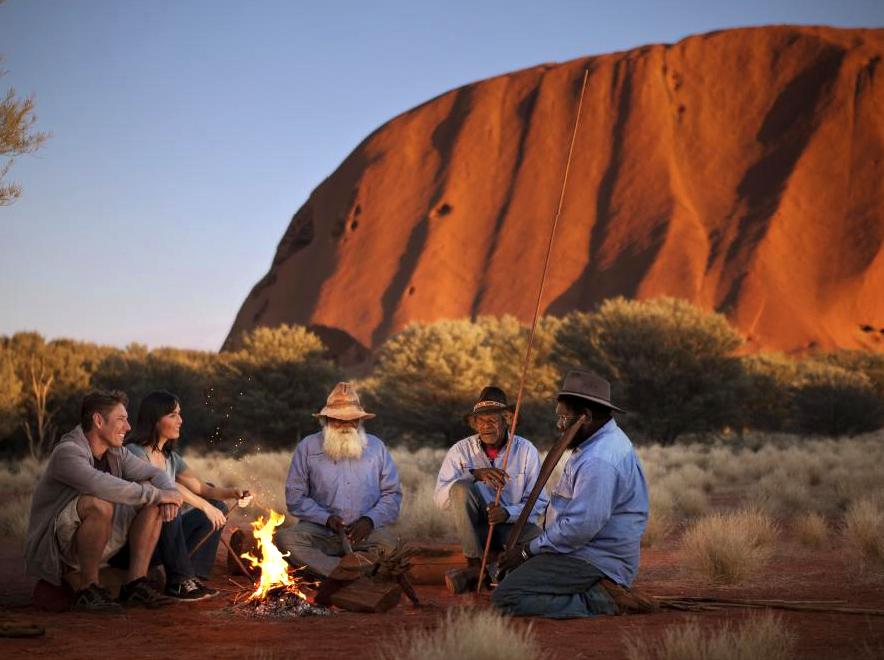Visiting the Cultural Centre to Learn About Anangu Culture
Exploring the roots of the Anangu people offers a profound understanding of their rich cultural heritage. Visiting the Cultural Centre dedicated to the Anangu culture allows visitors to immerse themselves in the art, traditions, and stories that have shaped this indigenous community. The experience offers both an educational journey and a deep appreciation of the Anangu’s connection to the land.

The Significance of the Cultural Centre
The Cultural Centre serves as a vital repository of the Anangu people’s history and traditions. Located near Uluru, it offers a unique opportunity to learn directly from the Anangu themselves. The centre is designed to educate visitors on the principles of Tjukurpa, the foundation of Anangu culture which encompasses their creation stories, laws, and the intricate relationship between the people, plants, animals, and the land.
At the Cultural Centre, visitors are greeted with a wealth of information through interactive exhibits, traditional artworks, and multimedia presentations. These resources are instrumental in providing a comprehensive understanding of the Anangu way of life. Through these exhibits, one can appreciate the depth and complexity of Tjukurpa, which is essential for preserving their culture for future generations.

Engaging with Traditional Art
Art is a critical aspect of Anangu culture, serving as both a medium of expression and a method of storytelling. The Cultural Centre boasts an impressive collection of traditional and contemporary art created by local Anangu artists. These artworks often depict sacred stories, ancestral beings, and various elements of their natural surroundings.
Visitors can participate in workshops where they learn the techniques and symbolism behind Anangu painting and craftwork. This hands-on experience not only fosters a deeper appreciation for their artistry but also provides insights into the cultural significance of each piece. Engaging with Anangu art helps to understand their view of the world and their spiritual connection to the land.

Understanding Anangu Languages
The Anangu people speak several different languages, including Pitjantjatjara and Yankunytjatjara. Language is a crucial aspect of their identity and cultural heritage. At the Cultural Centre, language preservation is a key focus. Visitors have the opportunity to listen to Anangu stories in their native tongues and even learn basic phrases, enhancing the cultural immersion experience.
Interactive language exhibits offer insights into the structure and usage of Anangu languages, which are deeply intertwined with their cultural practices and knowledge systems. By appreciating the linguistic diversity of the Anangu, visitors gain a unique perspective on their worldviews and traditional knowledge transmission.

The Role of Storytelling
Storytelling is a cornerstone of Anangu culture, serving as a means of passing down knowledge, morals, and survival skills from one generation to the next. The Cultural Centre provides a platform for Anangu elders and storytellers to share their stories with visitors. These stories often contain valuable lessons about the environment, social conduct, and spiritual beliefs.
Through oral storytelling sessions, visitors can experience the power and beauty of Anangu narratives. These stories are not only entertaining but also educational, offering a glimpse into the time-honored traditions that have sustained the Anangu for millennia. The inclusion of storytelling in the Cultural Centre’s offerings emphasizes the importance of preserving oral traditions in maintaining cultural continuity.
Participating in Traditional Practices
The Cultural Centre offers various opportunities for visitors to participate in traditional Anangu practices. These activities include learning about traditional bush foods, medicinal plants, and survival skills such as tracking and spear-making. Engaging in these practices provides a hands-on understanding of the practical knowledge and skills that have been passed down through generations.
Guided walks with Anangu rangers offer another immersive experience, where visitors can explore the natural environment and learn about the cultural significance of various plants and animal species. These experiences are invaluable in cultivating a deeper respect for Anangu knowledge and their sustainable way of living, which has enabled them to thrive in one of the world’s harshest environments.
Conclusion
Visiting the Cultural Centre to learn about Anangu culture is a profoundly enriching experience that offers a window into the history, traditions, and knowledge of the Anangu people. By engaging with their art, language, storytelling, and traditional practices, visitors gain a deeper appreciation for the Anangu’s unique cultural heritage and their enduring connection to the land.
Overall, the Cultural Centre serves not only as an educational resource but also as a celebration of the Anangu’s rich cultural legacy. This visit is not just about observing but actively participating and understanding the Anangu way of life, leading to a greater respect and awareness of indigenous cultures.
FAQs
1. What is Tjukurpa?
Tjukurpa is the foundation of Anangu culture, encompassing their creation stories, laws, and the relationship between people, plants, animals, and the land. It is essential for understanding the Anangu worldview.
2. Can visitors buy Anangu art at the Cultural Centre?
Yes, the Cultural Centre has a gift shop where visitors can purchase authentic Anangu art, providing support to the local artists and community.
3. Are there guided tours available at the Cultural Centre?
Yes, guided tours with Anangu rangers are available and highly recommended for an immersive and educational experience.
4. Is there an entry fee for the Cultural Centre?
Entry to the Cultural Centre is usually free, but donations are welcome to support its operations and educational programs.
5. How long should I plan to spend at the Cultural Centre?
Visitors should allocate at least a few hours to fully explore the exhibits, participate in workshops, and engage with the various educational programs offered at the Cultural Centre.
